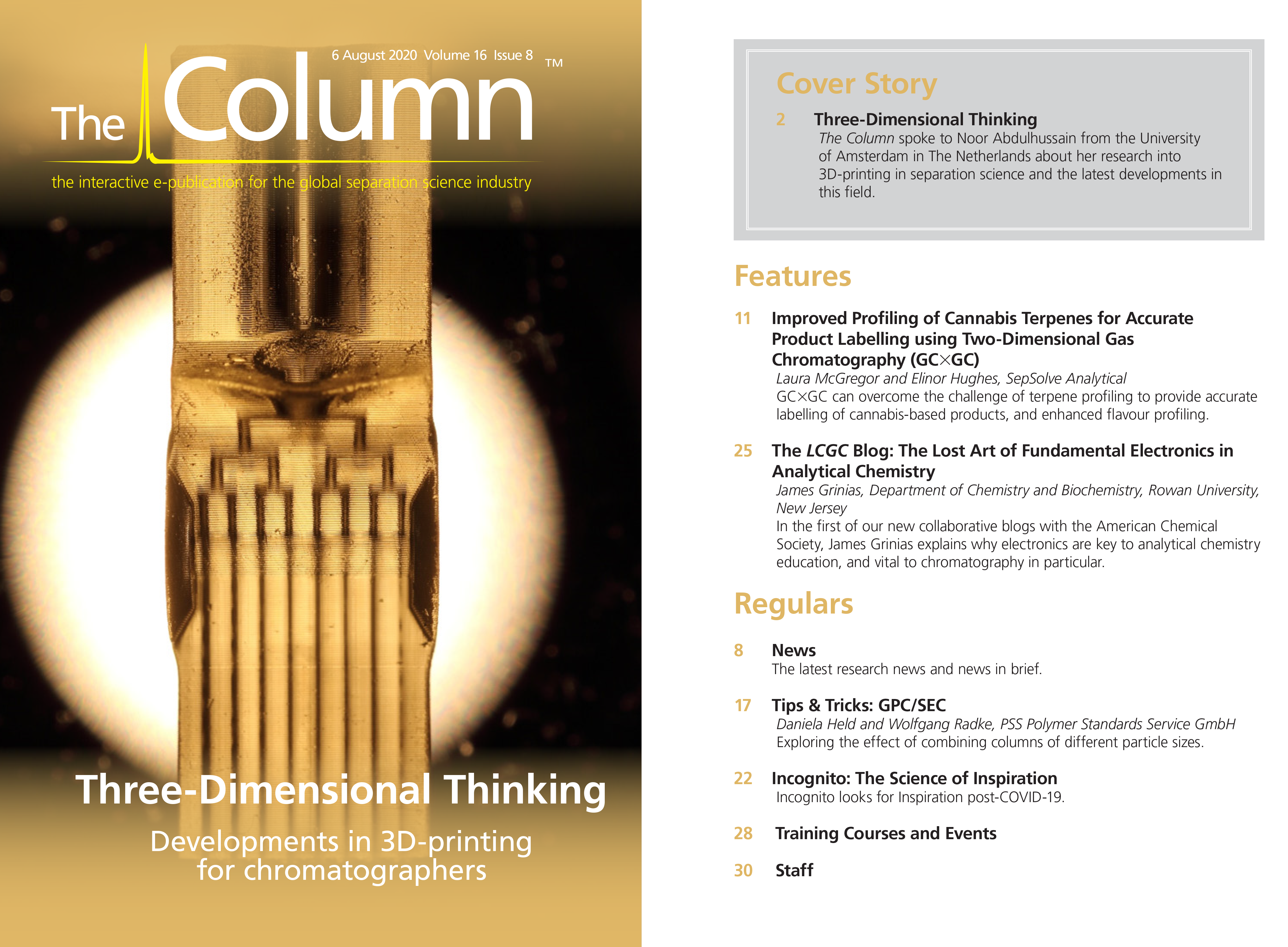BIA Separations Announce Asia Distribution Deals
BIA Separations has announced the company has signed agreements with Bioscience companies, GeneX India Biosciences, Chennai, India and IT Technologies (IT Tech), Singapore. Both Companies will act as sole distributors of BIA Separations’ products and services across their respective regions of India, and Singapore and Malaysia.
“We are delighted to have GeneX India and IT Tech on board and look forward to jointly providing researchers and process developers across Asia with our state-of-the-art bioprocessing technologies and services,” said Ingo S. Nagler, Business Development Officer,
BIA Separations
BIA Separations provides research and method development services for the purification of large and complex biomolecules including those with therapeutic applications. Through the agreements, both distributors will provide academic researchers, CMOs, and biopharmaceutical companies access to BIA Separations’ proprietary analytical and preparative purification technologies for cell and gene therapies, including viral vectors, nucleic acids, phages, and exosomes.
“We are very proud to be working with the team [BIA Separations] to ensure its leading purification technologies and expertise are available to research and bioproduction customers throughout India,” said Felix Paul, Managing Director GeneX India Biosciences.
“Cell and gene therapy is still at an early stage here [Malaysia], and therefore this is an exciting time to be signing a partnership with BIA Separations, enabling us to offer the Company’s products and services across research in this high-potential field,” said Danapalan Arumugam, Managing Director at IT Tech.
For more information, please visit: www.biaseparations.com

Characterizing Plant Polysaccharides Using Size-Exclusion Chromatography
April 4th 2025With green chemistry becoming more standardized, Leena Pitkänen of Aalto University analyzed how useful size-exclusion chromatography (SEC) and asymmetric flow field-flow fractionation (AF4) could be in characterizing plant polysaccharides.
Investigating the Protective Effects of Frankincense Oil on Wound Healing with GC–MS
April 2nd 2025Frankincense essential oil is known for its anti-inflammatory, antioxidant, and therapeutic properties. A recent study investigated the protective effects of the oil in an excision wound model in rats, focusing on oxidative stress reduction, inflammatory cytokine modulation, and caspase-3 regulation; chemical composition of the oil was analyzed using gas chromatography–mass spectrometry (GC–MS).












